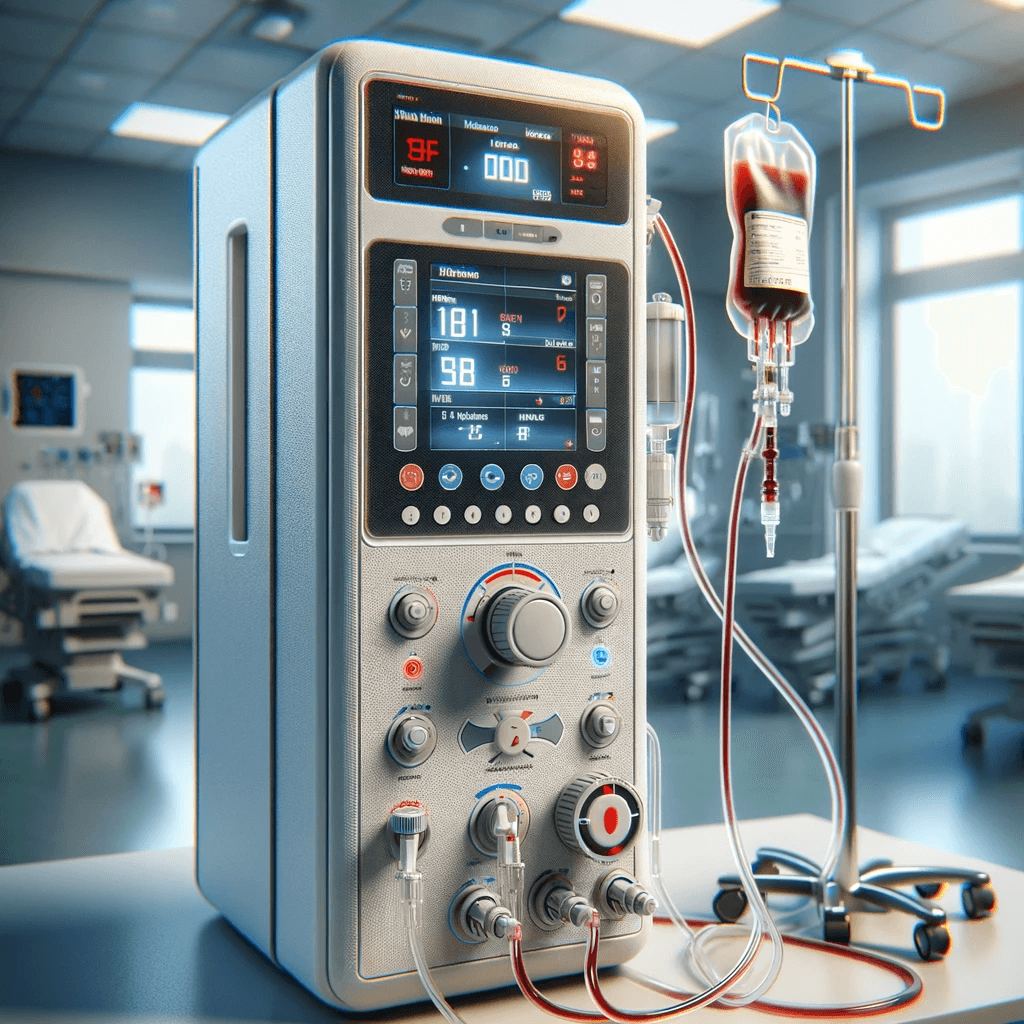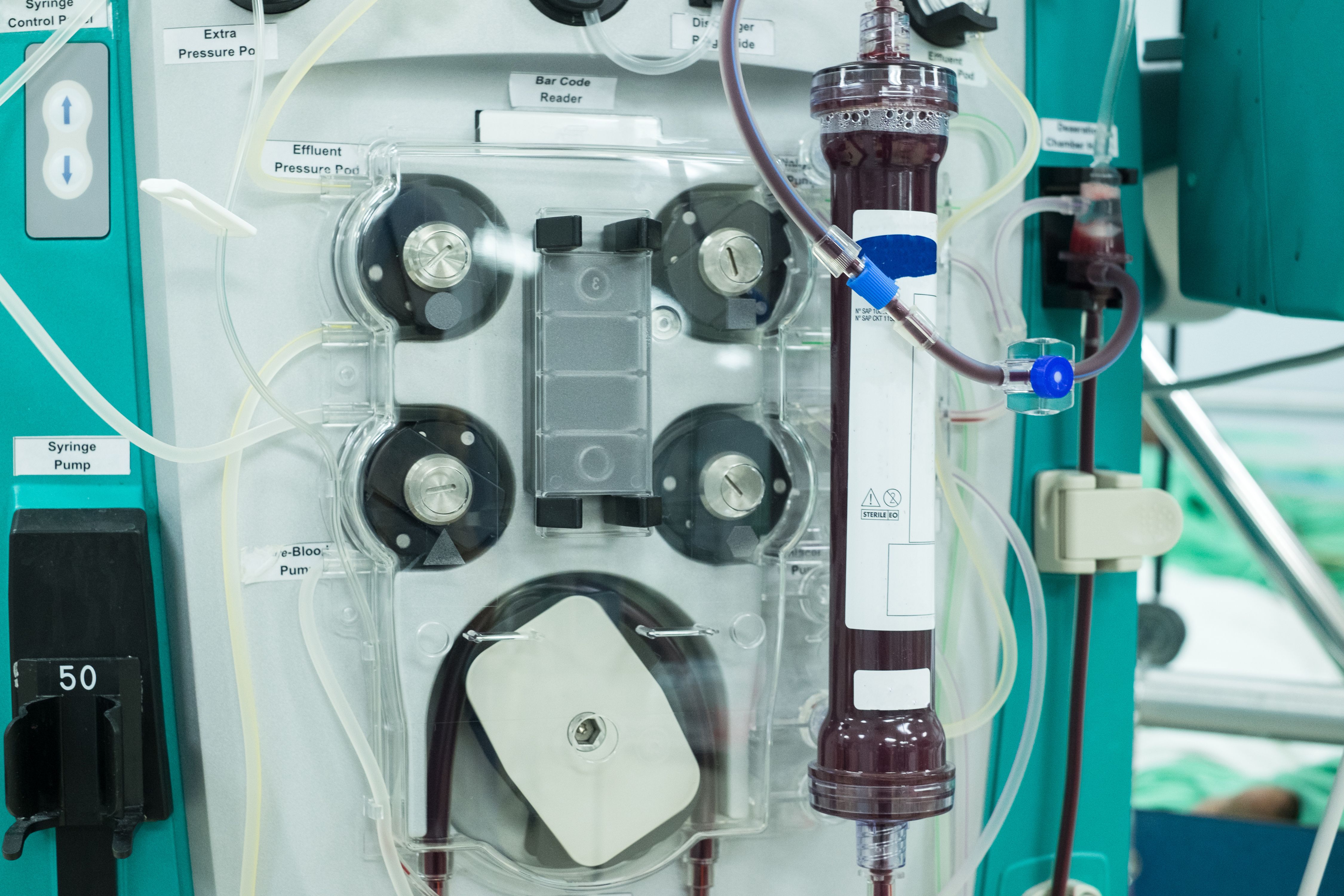Medical Device Application
Blood Transfusion and Dialysis Machines: Safeguarding Critical Procedures with Precise Weight and Force Metrics
The operation of collecting, transferring and cleansing blood is vital to successful treatment outcomes. The use of weight and force measurement sensors plays a significant role in ensuring the safe and efficient operation of these devices.
Types of Blood Collection Machines
Blood collection machines vary according to medical requirements and applications. Here are some examples:
Automated Transfusion Machines
These specialised machines are used to collect various blood components such as platelets, red cells, or plasma. By carefully separating these components, healthcare providers can use them for different therapeutic purposes, such as treating anaemia or supporting patients undergoing chemotherapy.

Blood Warmer Machines
Before transfusion, blood must be warmed to body temperature to prevent potential complications like hypothermia. Blood warmer machines are designed to bring stored, chilled blood gently and accurately to the appropriate temperature, ensuring that it is ready for safe transfusion into the patient.

Rapid Infusion Systems
In emergency situations, where large volumes of blood need to be transfused quickly, rapid infusion systems come into play. These machines are engineered to deliver blood at high flow rates, often with integrated warming and monitoring capabilities. They are critical in life-threatening situations like severe trauma or massive bleeding during surgery.

Blood Dialysis Machines
Dialysis machines are used in cases of kidney failure, where the natural filtering and waste elimination processes of the kidneys are compromised. The process of dialysis involves the removal of waste products, excess fluids, and toxins from the blood. Blood dialysis machines function as artificial kidneys, cleansing the blood and restoring the correct balance of minerals and electrolytes, thus playing a vital role in maintaining the patient's health and wellbeing.

Integration of Weight and Force Measurement in Blood Collection Machines
Incorporating Flintec's sensors into blood transfusion machines can enhance functionality and contribute to the overall success of various medical procedures. The benefits include:
Precision and Control: Accurate weight and force measurements enable precise control over blood flow rates and volumes. By tailoring delivery, healthcare providers can ensure that the right amount of blood or blood product is delivered to or collected from the patient, optimising both transfusion and collection processes.
Enhanced Operational Safety: Advanced sensors can detect anomalies or inconsistencies in fluid flow early, alerting healthcare staff to potential issues before they escalate. This proactive monitoring adds an additional layer of safety to the blood collection and transfusion process, reducing the risk of complications or errors.
Efficiency in Blood Handling: Automation and accurate monitoring streamline the process of blood collection, separation, and transfusion. This leads to a more efficient workflow, saving valuable time and resources in critical care settings.
Compliance and Traceability: With stringent regulatory guidelines governing blood handling, Flintec's sensors ensure accurate data recording. This supports adherence to industry standards and provides essential information for patient records, fostering transparency and accountability.
Adaptability to Various Procedures: Whether used in automated transfusion machines, dialysis systems, or rapid infusion devices, the sensors can be adapted to various applications. This allows for customised solutions that cater to the diverse needs of different medical scenarios.